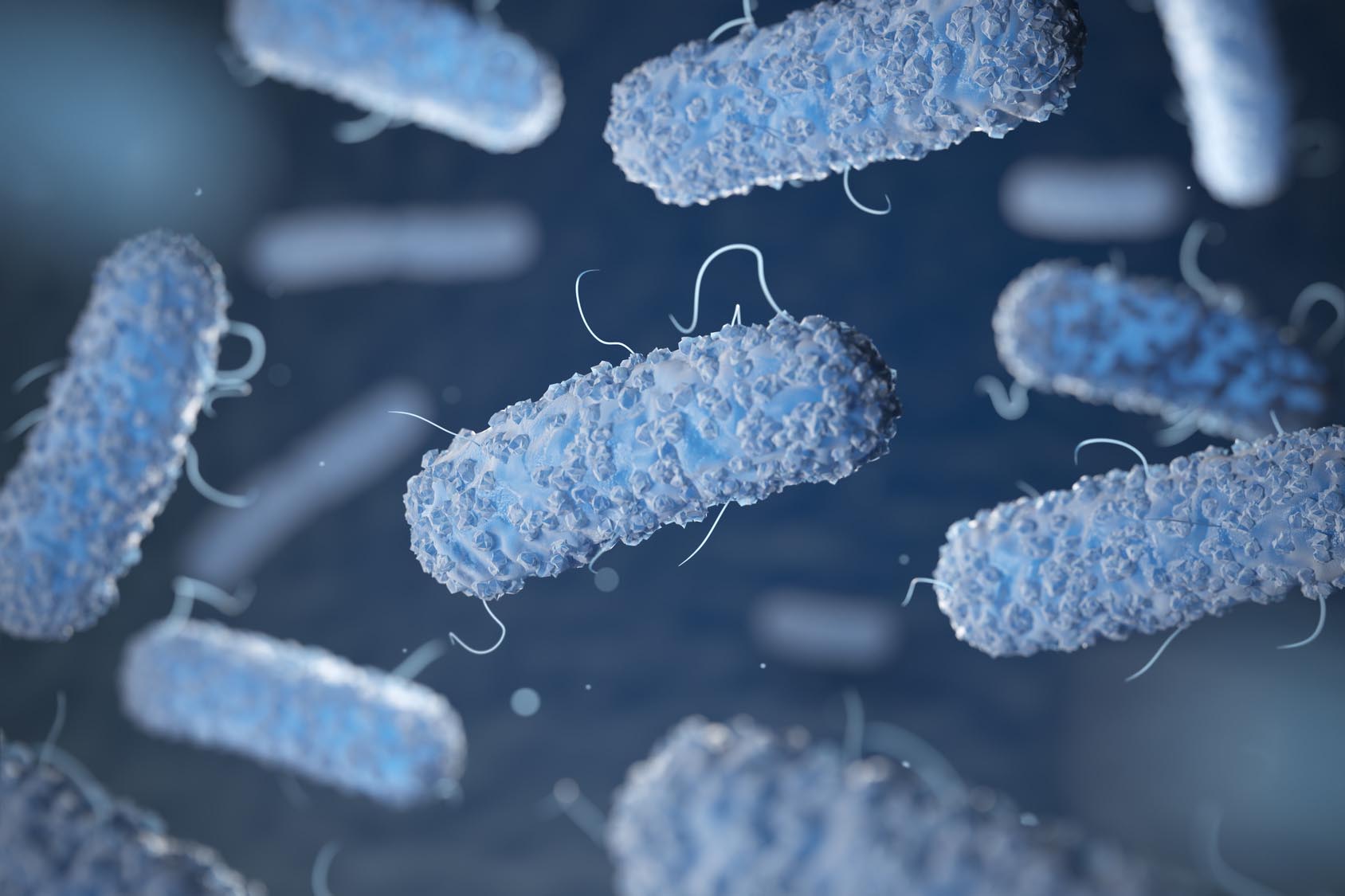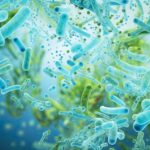-
What is already known on this topic
The gut microbiota plays a key role in human health, making us resistant to pathogens such as Salmonella enterica and Candida albicans. But how gut microbes interact with these pathogens is still unclear. -
What this research adds
In mice infected with Salmonella, the microbiota composition changes substantially within 3 days, and minor changes occur in the microbiota of mice infected with Candida. Compared with uninfected mice, rodents infected with either pathogen show substantial changes in bacterial metabolites. -
Conclusions
The study offers an insight into how the gut microbiota interacts with Salmonella and Candida, showing distinct metabolic responses to these pathogens.
The gut microbiota composition and function changes rapidly in response to pathogens such as Salmonella and Candida, a new study has found. The research, led by Jennifer Bratburd and Caitlin Keller of the University of Wisconsin, Madison, was published in the journal mBio.
Every year in the United States the gut bacterial pathogen Salmonella enterica Serovar Typhimurium infects more than 1 million people, and the opportunistic fungal pathogen Candida albicans causes about 46,000 cases of invasive candidiasis, a serious infection that can affect the blood, heart, and brain.
The gut microbiota is known to confer resistance to pathogens such as Salmonella and Candida, but how gut microbes and pathogens interact and which metabolites are involved in this process is poorly understood.
To address this question, the researchers set out to identify changes in the gut microbiota composition and function using mice that were infected with either Salmonella or Candida.
Salmonella infection changes the gut microbiota composition
The team took 8 to 12 weeks-old germ-free mice and kept some of them in germ-free (GF) conditions, while other mice were colonized with a human microbiota community (HUM) for 2 weeks. Then, all mice were infected with either Salmonella enterica Typhimurium or Candida albicans.
Three days after infection, HUM mice infected with Salmonella lost on average 14.3% of their body weight, which was significant when compared to the weight lost by both GF mice colonized with Candida and Candida-infected HUM mice, which gained on average 0.8% and 2.0% of their original weight, respectively.
Next, the researchers sequenced the bacterial DNA from the feces of infected and uninfected mice. Before infection, the most abundant bacteria were Bacteroides cellulosilyticus, Subdoligranulum variabile, Bacteroides cellulosilyticus, Akkermansia muciniphila, and Clostridium bolteae.
Three days after HUM mice were infected with Salmonella, their gut microbial diversity decreased substantially, and their microbiota became dominated by Salmonella and other Enterobacteriaceae strains. The community structure of Candida-infected mice was not significantly different from that of uninfected mice, and remained the same throughout the infection period.
Salmonella and Candida infections change the microbiota metabolic profile
To characterize changes in metabolites due to alterations of the gut microbiota, the researchers performed liquid chromatography-mass spectrometry on cecum samples from infected and uninfected mice.
The gut metabolomes of Salmonella-infected, Candida-infected, and uninfected mice grouped in separate clusters, suggesting distinct metabolic changes in response to a virulent bacterial pathogen such as Salmonella and an opportunistic fungal pathogen such as Candida.
In Salmonella-infected HUM mice, compounds such as glutathione disulfide, glutathione cysteine disulfide, and hydroxybutyrylcarnitine were present in high abundance. Because glutathione metabolism is important for protecting the host against oxidative stress, the researchers speculate that gut microbes produce increased levels of glutathione metabolites in response to oxidative stress caused by Salmonella infection.
In conclusion, the study investigated changes in gut microbiota structure and function during infection with Salmonella and Candida, shedding light on the interaction between the gut microbiota and these pathogens. Future studies that further characterize this interaction will help to develop better microbiota-based therapies, including those that employ microbial compounds.











